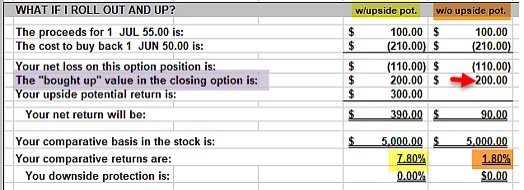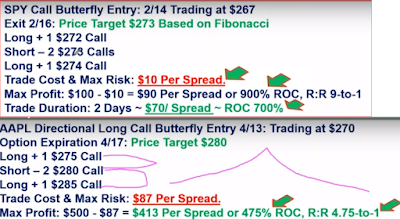எhttps://www.investors.com/how-to-invest/when-to-sell-stocks/ When to sell stocks.
https://www.investors.com/how-to-invest/how-to-buy-stocks-using-stock-lists-stock-ratings-stock-screener/ How to buy stocks
Stock Market Timing: How To Handle Bull Markets And Bear Markets By Tracking Changing Stock Market Trends (investors.com) -- time the market
What Is A Follow-Through Day? | Investor's Business Daily (investors.com) - Follow through day
When To Sell And The Rule Of 72
Take the percentage gain you have in a stock. Divide 72 by that number. The answer tells you how many times you have to compound that gain to double your money.
For example, if you get three 24% gains (72÷3=24) — and reinvest your profits each time — you will nearly double your money. It's much easier to get three 20%-25% gains out of different stocks than it is to get a 100% profit out of one stock.
When Not To Sell Stocks: 8-Week Hold Rule
Here's an exception to the rule for taking most profits in the 20%-25% range.
If your stock gains more than 20% from the ideal buy point within three weeks of a proper breakout, hold it for at least eight weeks. (The week of the breakout counts as week 1.)
If a stock has the power to jump more than 20% so quickly out of a proper chart pattern, it could have what it takes to become a huge winner. The 8-week hold rule helps you identify such leading growth stocks, letting you sit tight to reap potentially exceptional returns.
This rule should be applied to true stock market leaders, not just any old stock.
Sitting Tight Through A Sell-Off
When a stock quickly rises more than 20% in just a couple of weeks, it's likely some investors will take their profits off the table. That can cause the stock to pull back, sometimes sharply.
So understand that stocks that trigger the 8-week hold rule often sell off fairly hard during the holding period. This rule helps you sit through that and avoid selling too soon.
Once the eight weeks from the original buy point have passed, you can sell to lock in your gains or continue to hold.
If you have a solid gain, and the stock chart and stock market indexes still look healthy, you may want to sit tight and see how the story plays out. It could be a stock that goes on to even bigger gains.

















